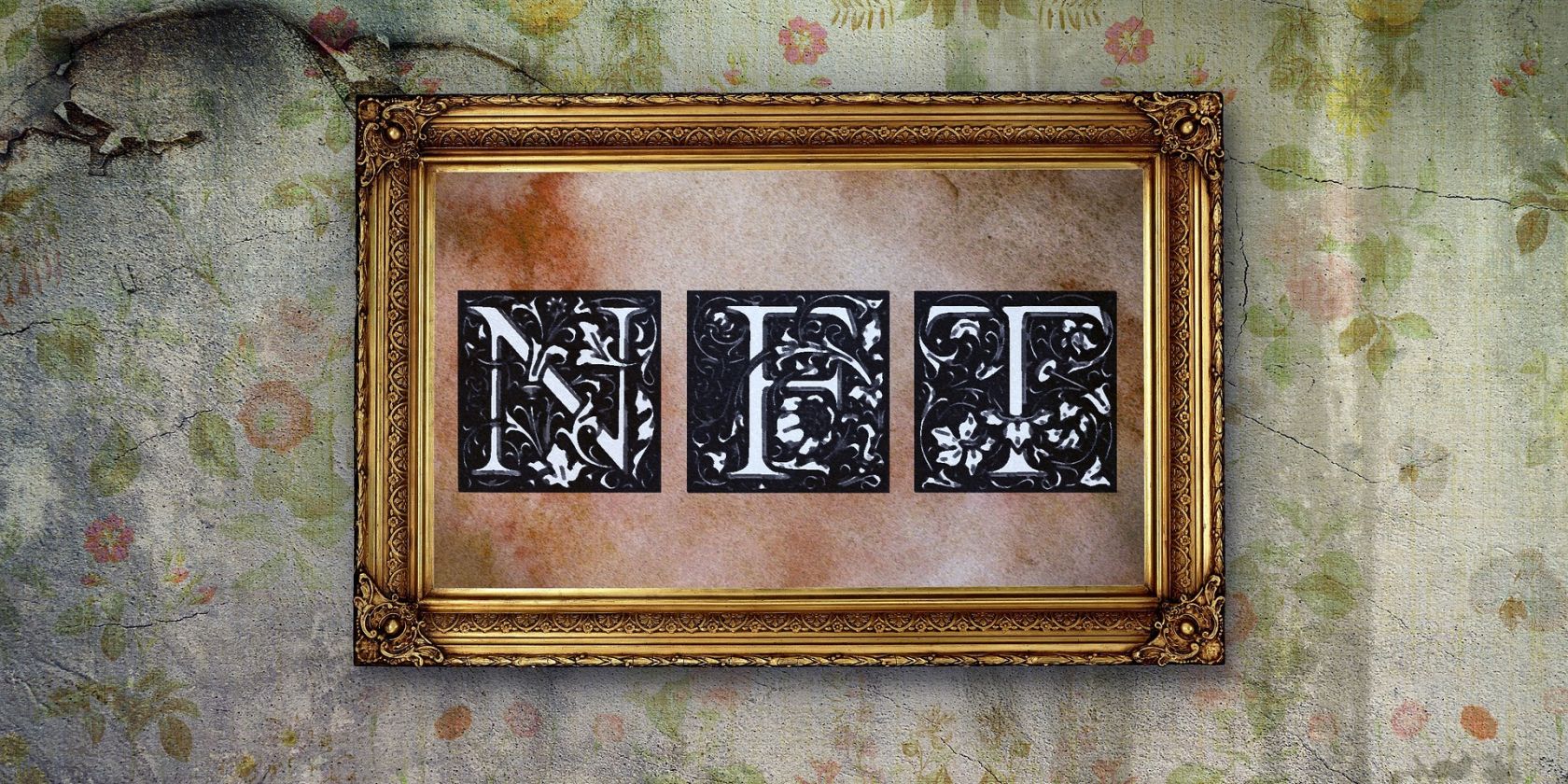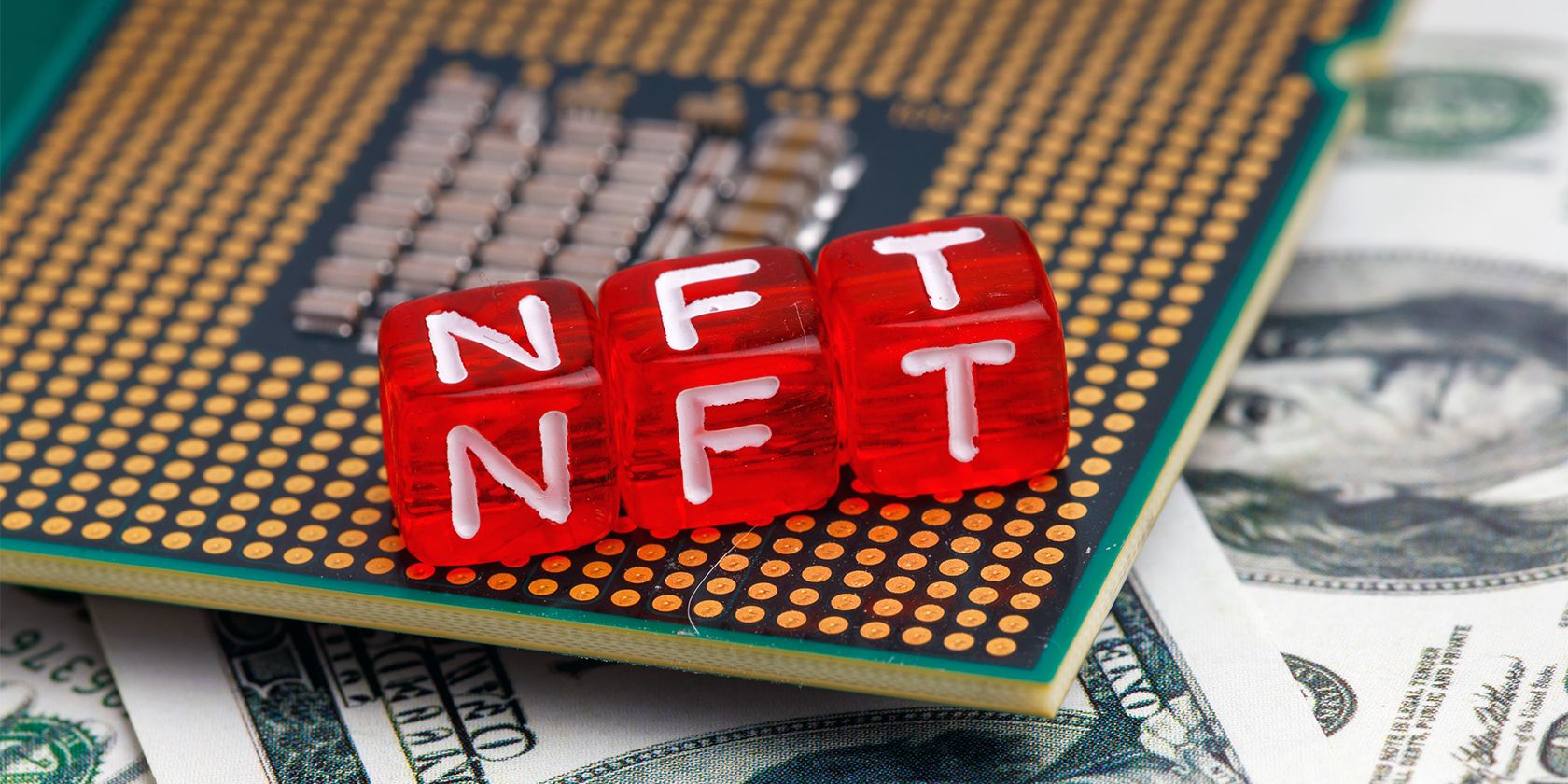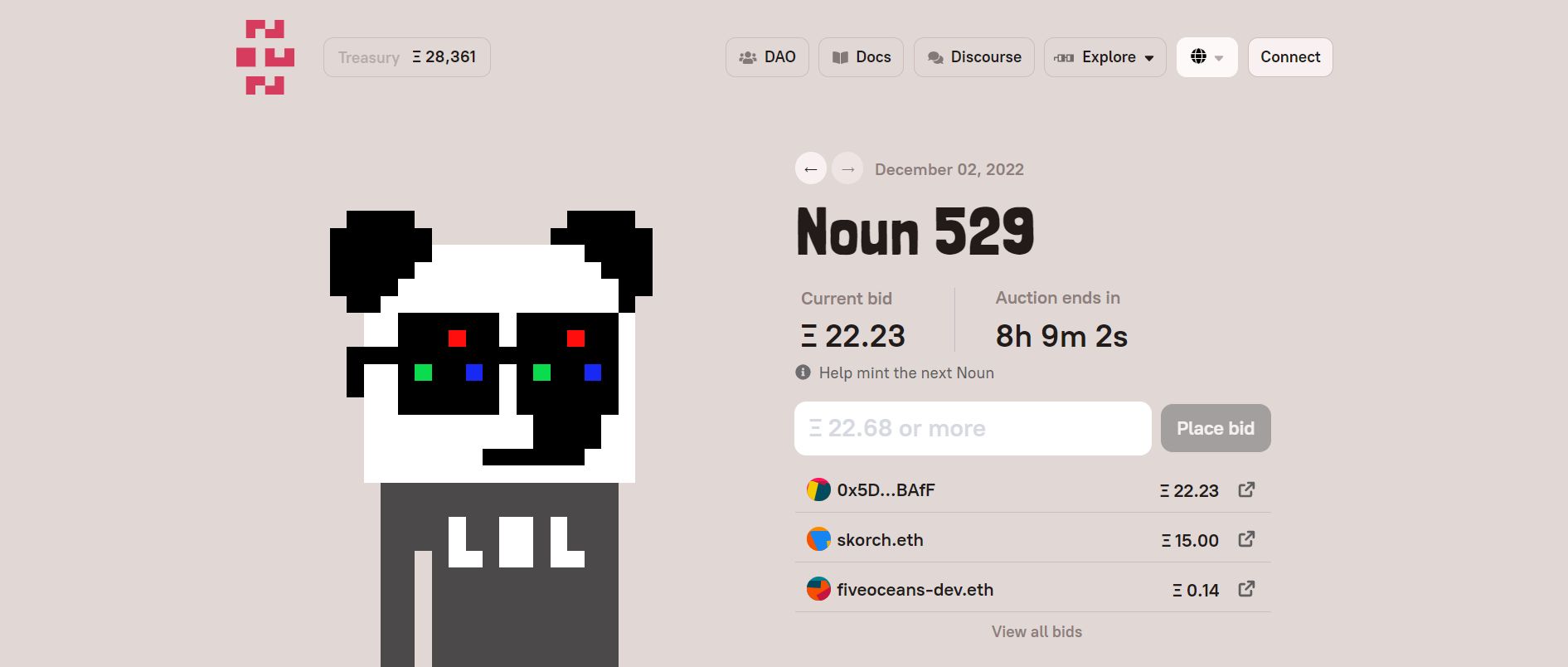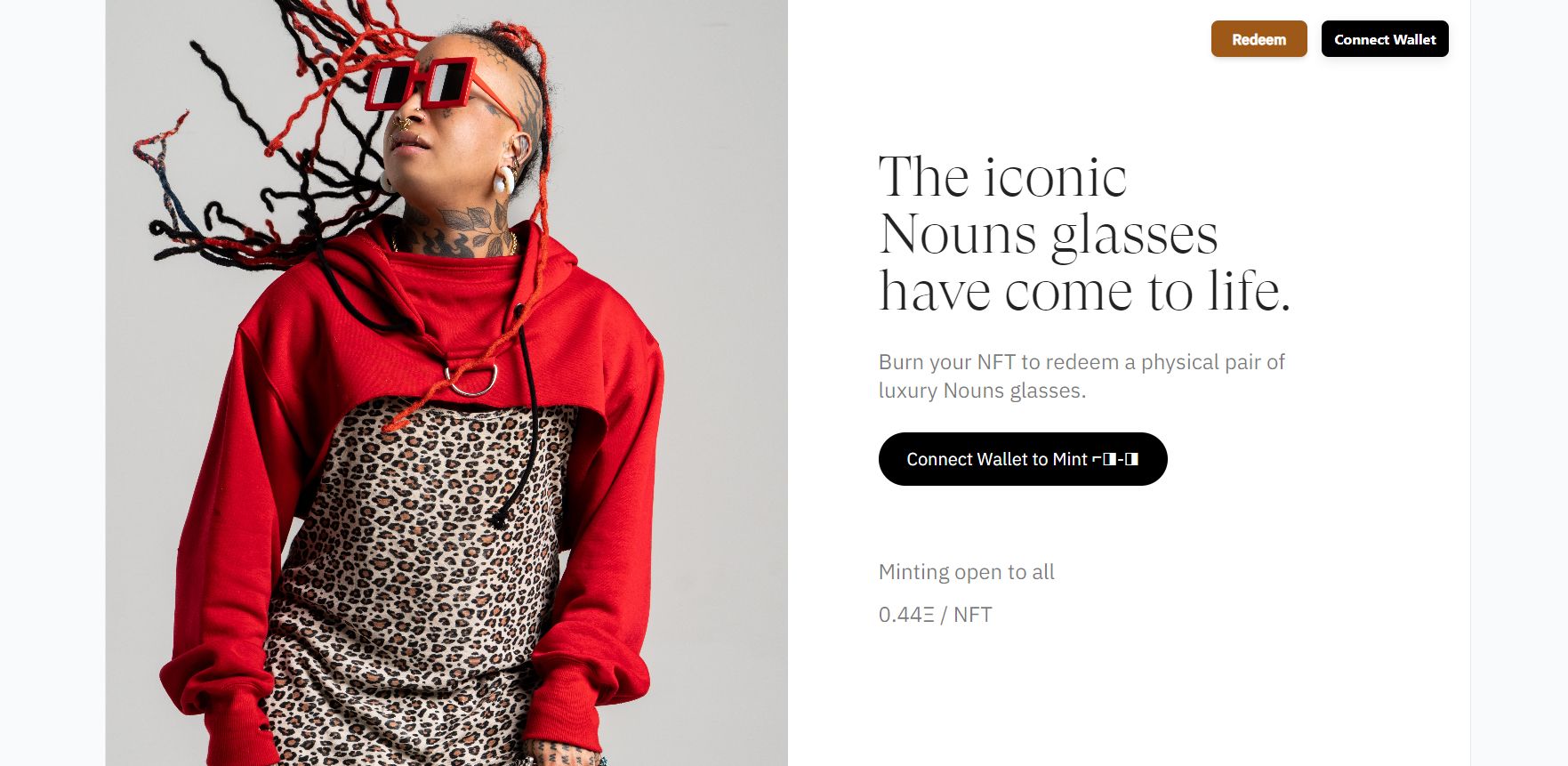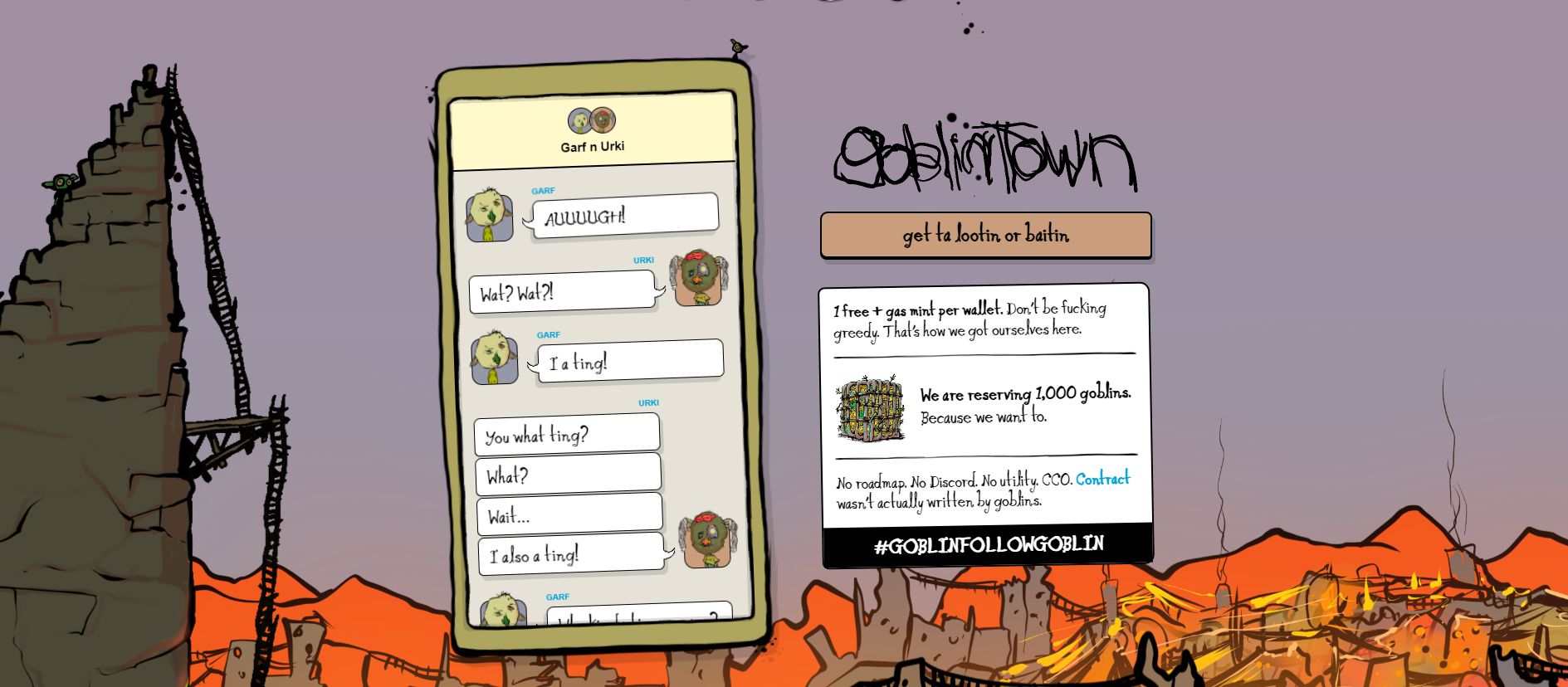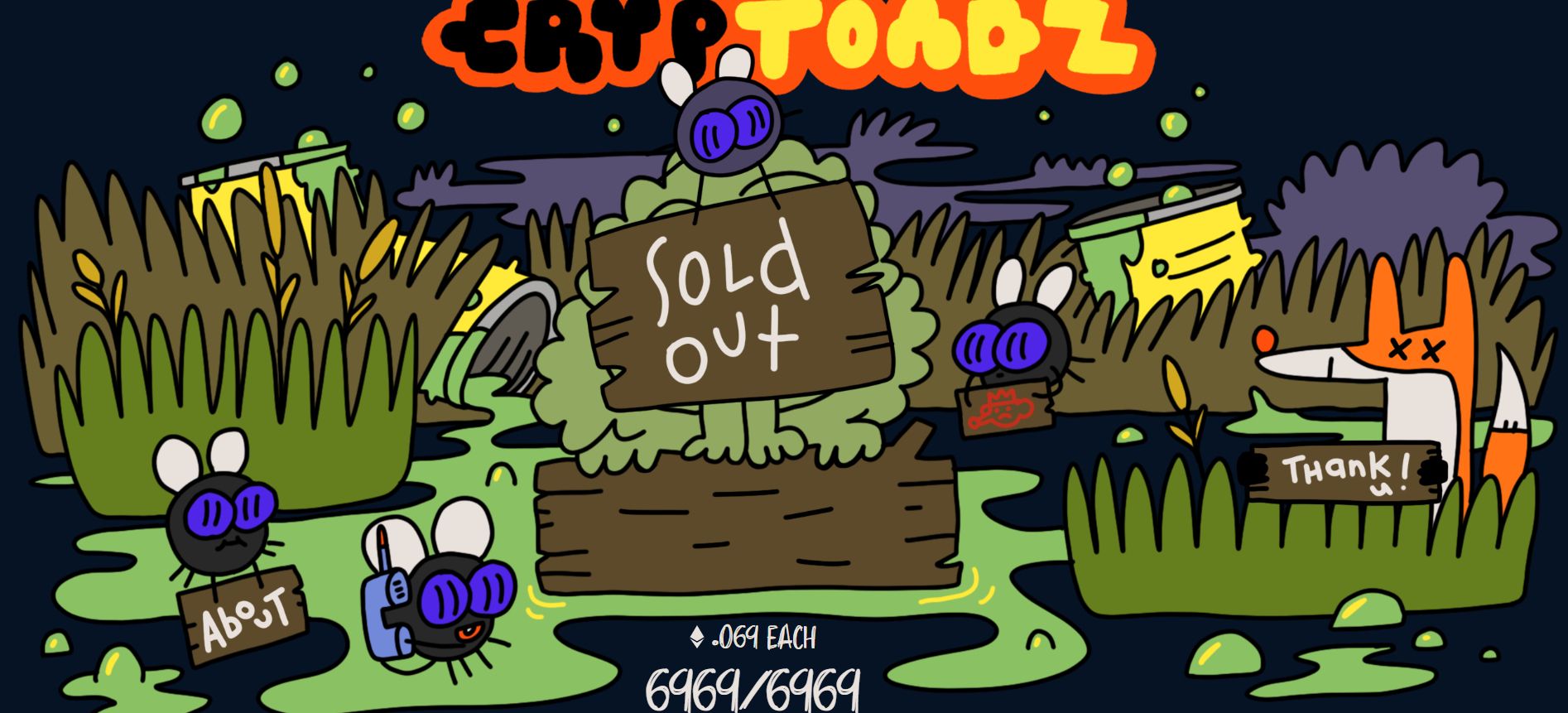Non-fungible tokens (NFTs) and blockchain technology continue to combine art, technology, and entrepreneurship in innovative ways. With Creative Commons Zero (CC0) NFTs, you can relinquish your right to be credited as the original creator and maintain the freedom to spread your artwork through different mediums and the opportunity to profit from your creations.
What Is a Creative Commons Zero (CC0) License?
A CC0 license allows creators to waive all legal rights and bindings to their work, allowing others to use and modify the artwork with no conditions attached. When you use this license, you declare that your work is in the public domain.
Usually, an entry into the public domain for a project only occurs after the expiration of its copyright. But with CC0 licenses, there is no need to skirt around copyright infringement laws, as any project with this license can be used and remodeled into any form.
CC0 licenses offer you free, unrestricted project access without requiring you to ask for permission from the author or send acknowledgments. As a result, you can use the CC0-licensed project for commercial purposes. In addition, you can create a similar project based on the original CC0-licensed artwork and completely own all copyrights to the new version.
What Is a CC0 NFT?
As mentioned earlier, a CC0 license on any produced work simply means "no rights reserved." Therefore, when this license is used on an NFT, collectors can reproduce, duplicate, alter, and rework the NFT however they please, without the creator's permission.
In fact, when a CC0 license is used on an NFT in a collection, it is not limited or restricted to that unique NFT but others in the collection as well. How well a CC0 works depends on the legal technicalities in the production region of the work. However, the license is designed to remove all rights, even in areas where copyright laws are stringent.
In some cases, the waiver the license offers may not operate as intended, but the CC0 license contains a non-assertion clause. This clause prevents the owner of the NFT from taking any action that would prevent third-party usage of said NFT or others in that collection. Any NFT project with a CC0 license can be remade, reused, and reproduced, even going as far as branding and marketing any creation that was obtained from the original.
Why Should You Use a CC0 License on Your NFT?
Some have argued that the primary fundamental value of any NFT is its uniqueness and the exclusive right to license the artwork. However, with the arrival of CC0 licenses, this theory has been put to the sword, and a new frontier has been unveiled for the NFT world, creators, and collectors alike.
Different artists are now toeing the "no rights" path, surrendering their IP rights and thrusting their projects into the public domain. This is all in a bid to increase their popularity and feed their audience's enthusiasm for future projects.
Asides from these, there are other benefits you can gain from using a CC0 license on your NFT.
Broad Reach and Trading Volume Increase
NFT creators using the CC0 license may record a rapid increase in trading volume through projects remade and derived from the original. This is because NFTs with the CC0 license have a wider reach due to the absence of copyright restrictions.
Compared to the conventional method, the public has full access to NFTs with a CC0 license, allowing them to be distributed without limitations. This results in a larger audience for the original owner as their artwork spreads further.
As the NFT creator, you will enjoy a great deal of attention while taking minimum actions to promote your work.
Creative Expression
With CC0 NFTs, artists have found new ways to express themselves. Instead of starting from scratch, you can use a CC0 NFT to kick-start your project. This saves time and energy while giving space for creative freedom.
Royalties
The more popular a CC0 NFT, the more royalties will be accrued to the creator. Monetizing a CC0 NFT is a complex process, as the creator has given up rights, and smart contracts cannot be used. But royalties are earned from the sale of NFT derivatives on centralized third-party platforms like OpenSea, which also help make the project popular and increase its value.
3 Popular CC0 NFT Projects
Many brands have relinquished the legal rights to their artwork and added the CC0 license to their collections.
1. Nouns
With over $60 million in its treasury, Nouns is one of the most successful CC0 initiatives. A group of experienced developers and NFT collectors started the project and began a CC0 experiment in the NFT community.
Nouns, a pioneer in the CC0 NFT field, has now grown into a CC0 juggernaut, boasting collaborations with Budweiser and the production of Nouns Glasses. These accolades further vamp up Nouns' popularity in the NFT community.
2. Goblintown
Criticized by many as having NFTs that are aesthetically unpleasing, Goblintown's 10,000 avatars NFTs are CC0. Nonetheless, several NFT veterans, including Steve Aoki, back this project. At one point, Goblintown's NFT derivatives accounted for over 40% of trade volume on OpenSea.
3. CrypToadz
This project was conceived by an anonymous creator who goes by the pseudonym, Gremplin. Derived from CryptoPunks, one of the most traded NFT collections on OpenSea, CrypToadz released their CC0 collection shortly after Nouns.
When it launched, it had a floor value of 0.069 ETH. Soon after, it reached as high as 15 ETH, with the entire collection costing more than $150 million. All CryptoToadz NFTs have been sold. However, you can buy a piece of the collection on secondary NFT marketplaces, such as OpenSea or Rarible.
No Rights, No Problems
Many NFT creators and owners are hopping on the CC0 bandwagon, hoping to use the license as a springboard to increase the popularity of their brands. They also receive royalties from centralized third-party platforms while enjoying the attention that comes with putting their collections in the public domain.
The CC0 license bridges the gap between NFT creators and collectors, allowing the latter to engage their favorite artworks as they please without worrying about copyright infringements.

